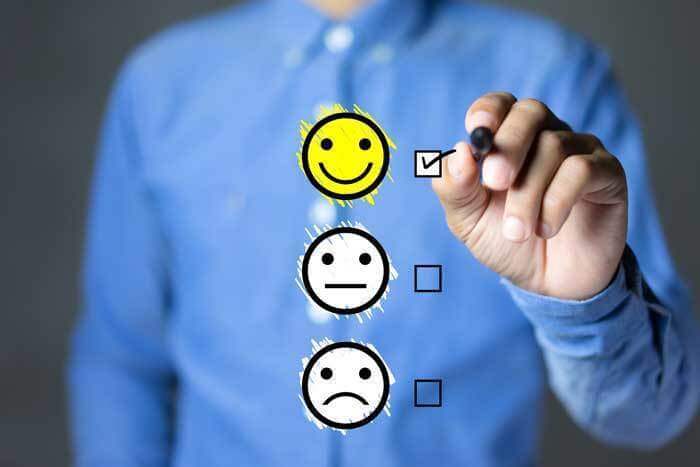"I don’t own a business, nor do I work in marketing or sales, so why should I care about the 4 levels of customer expectations?"
That’s a great question, and it can be answered with another question.
"Does anyone see, use, review, or take notice of your work?" If your answer is "No," then you likely have a job many people envy — you get paid, and no one is concerned with whether your work is good, bad, or mediocre.
However, if your answer is "Yes," then you have one or more customers.

Everyone Has Customers
Anyone who benefits from your work is considered your customer. Whether it’s your boss, a colleague, or a vendor, these individuals or groups are the recipients of your service or product — and therefore, your customers.
So yes, this applies to you too!
There are 4 levels of customer expectations. As you reflect on your customers or clients, think about the work you do. Then, determine how many of these levels of customer expectations are being met as you serve them.
4 Levels of Customer Expectations
In 1999, Marcus Buckingham and Curt Coffman published First, Break All the Rules. The book offers insightful ideas about managing and leading people, particularly the importance of focusing on individuals' strengths.
Over the years, we have discovered that these four core customer expectations remain strikingly consistent across different industries and types of people. These expectations are hierarchical, meaning that lower-level expectations must be fulfilled before customers are ready to focus on the higher levels. These four levels provide businesses with a roadmap for turning prospects into loyal advocates."
Level 1: ACCURACY
The first level of customer expectations revolves around clear and simple questions: Do customers get exactly what they asked for? Are you delivering what you promised?
For instance, if a customer asks for a hamburger, are you serving them a salad instead? Hopefully not!
This level isn’t about the customer service smile or the purpose behind the service. It’s purely about whether customers receive what they asked for. If you fail on accuracy, the customer is unlikely to return.
Level 2: AVAILABILITY
Next, does the product or service meet the customer when they expect it? Are you available when they need your product or service? Is your location convenient for them?
By being more accessible, you create opportunities to convert new prospects into loyal, long-term customers.
Level 3: PARTNERSHIP
At this level, do you listen to your customers, respond to their needs, and understand them? When customers feel understood, they are much closer to genuine satisfaction and advocacy.
This level is essential, especially in service industries. Without it, service-based businesses can fail. You can often see this level in action through loyalty programs, member rewards, and special customer privileges which all boil down to meeting consumer expectations.
Level 4: ADVICE
Finally, the fourth level is about providing your customers with valuable advice. Do you help them learn and grow? "Customers tend to form the strongest bonds with organizations that have helped them learn."
For example, it makes sense that alumni would be key targets for fundraising in educational institutions.
Important Takeaway
The key insight about the 4 levels of customer expectations could change how you approach your work.
The first two levels are essential for any job or customer and are relatively easy to implement. Just follow the steps and do the necessary research. Unfortunately, these levels can be easily replicated by competitors.
But here’s the critical news!
The first two levels only prevent satisfaction. It takes all four to CREATE SATISFACTION!
It might be time to look for opportunities to go beyond the first two levels. Are you already meeting them?
How can you evolve into a true partner with your customers, helping them grow and offering valuable advice? These are the two more advanced levels of customer expectations, and they require extra effort to replicate.
